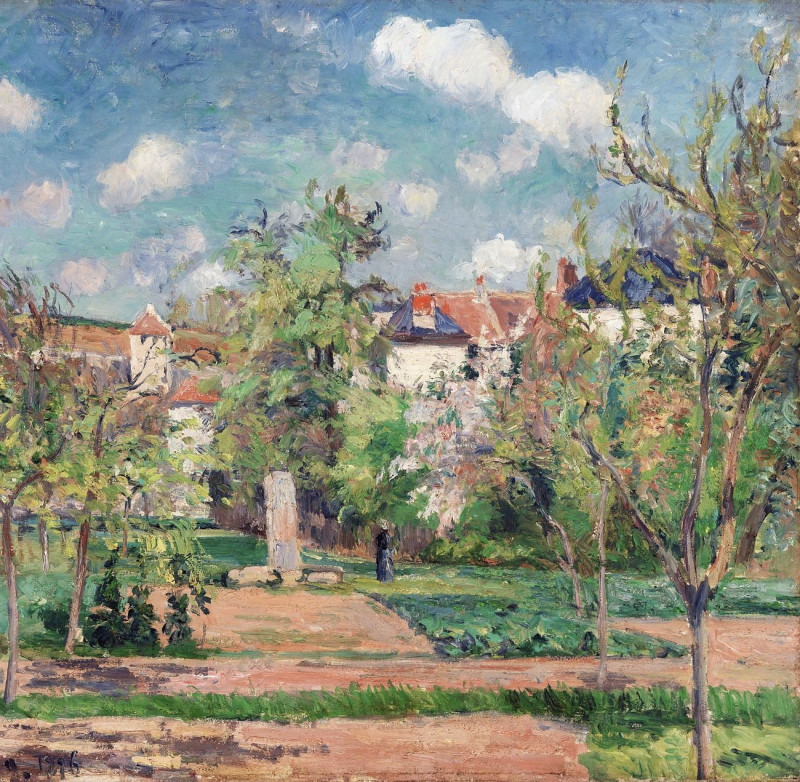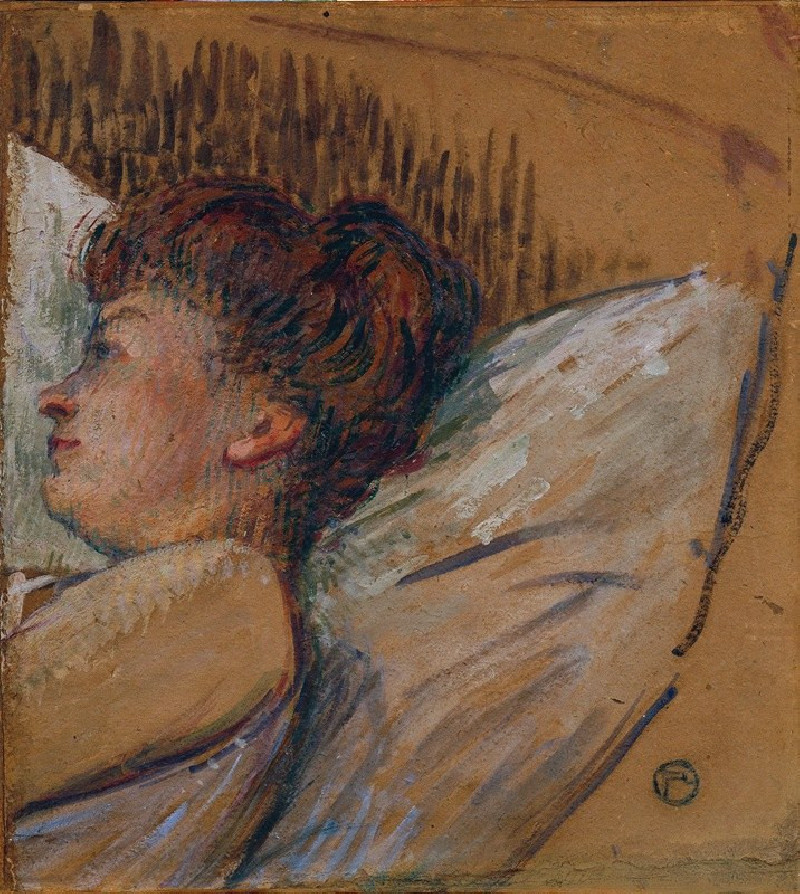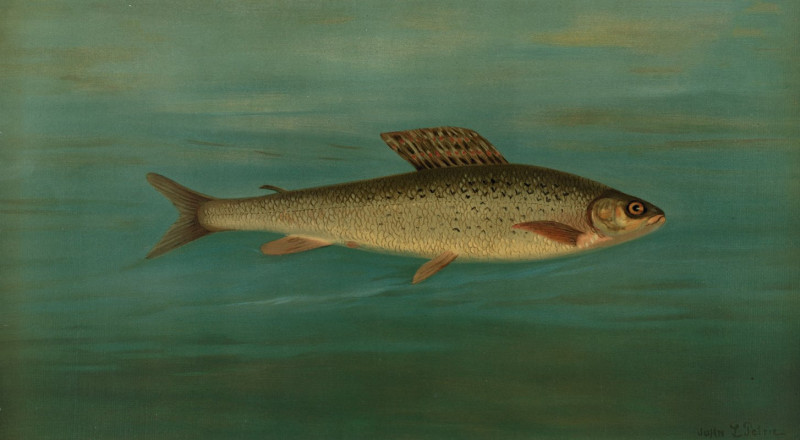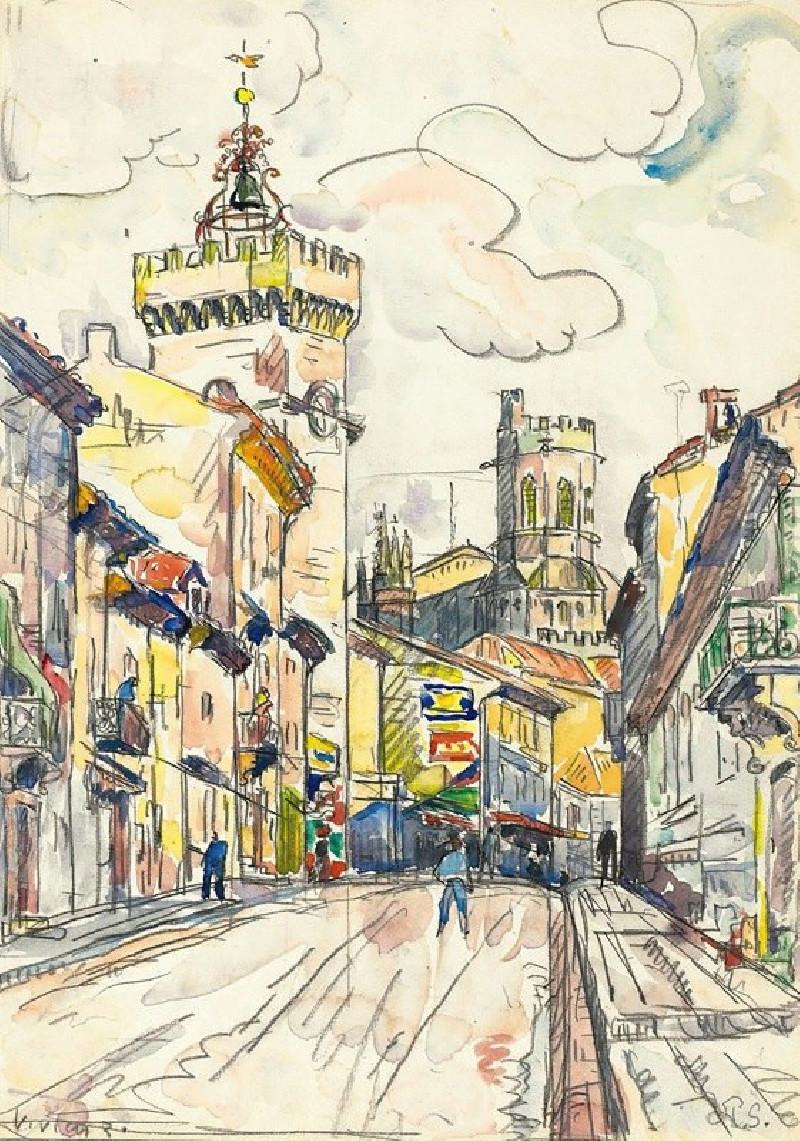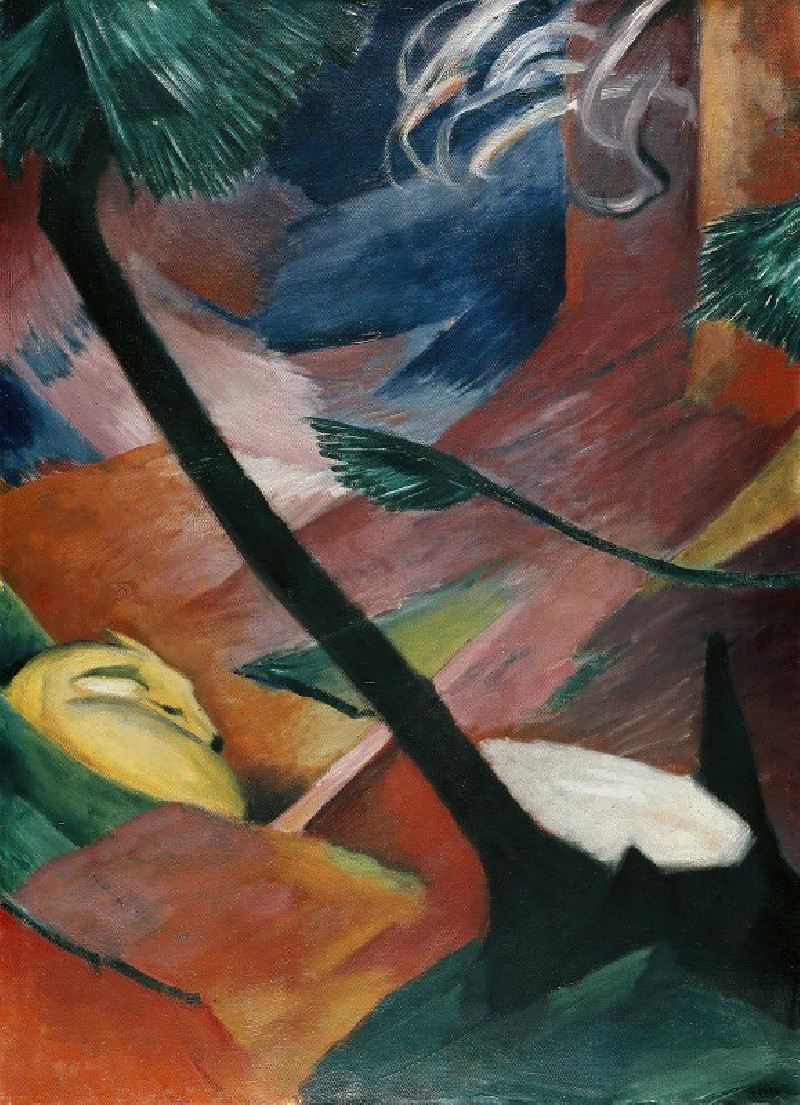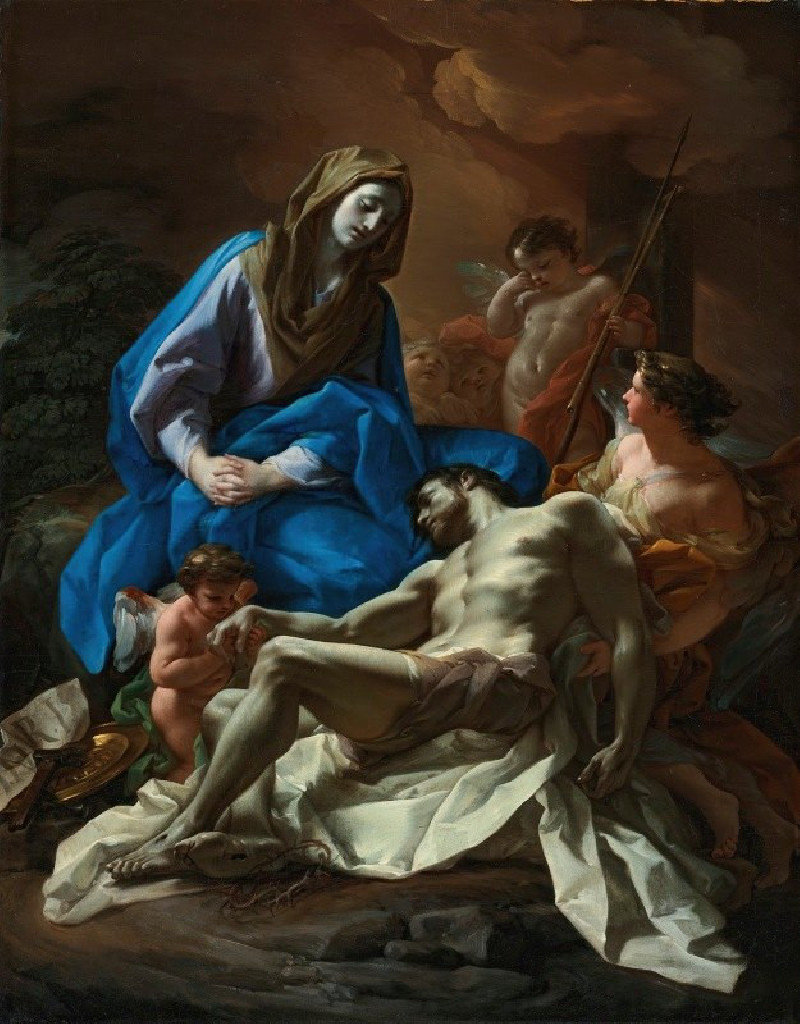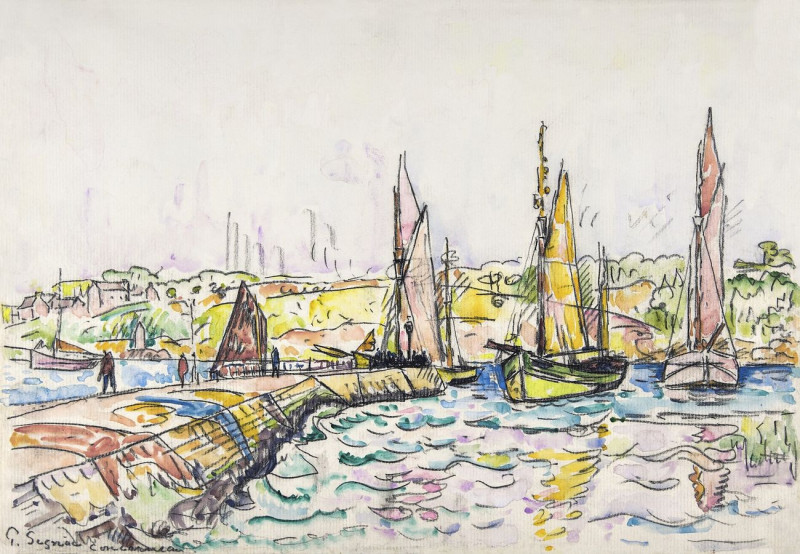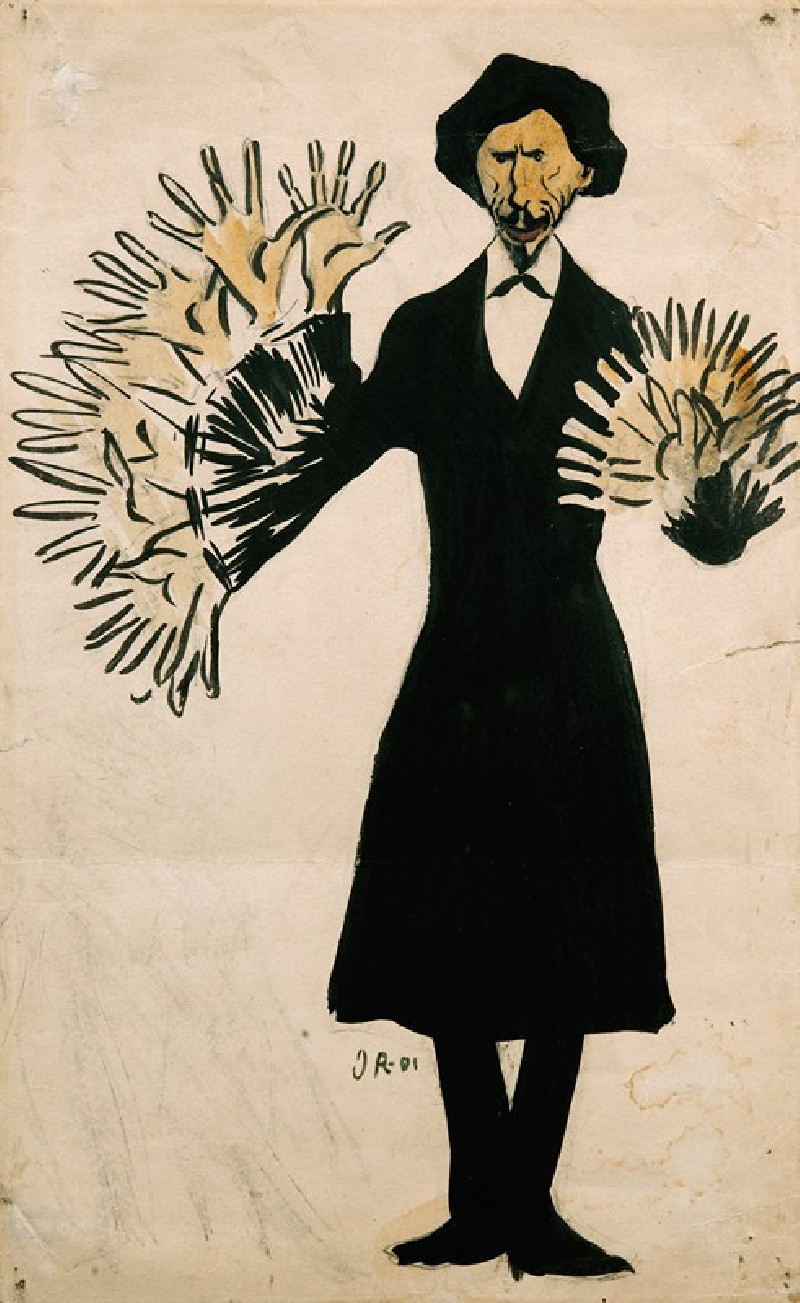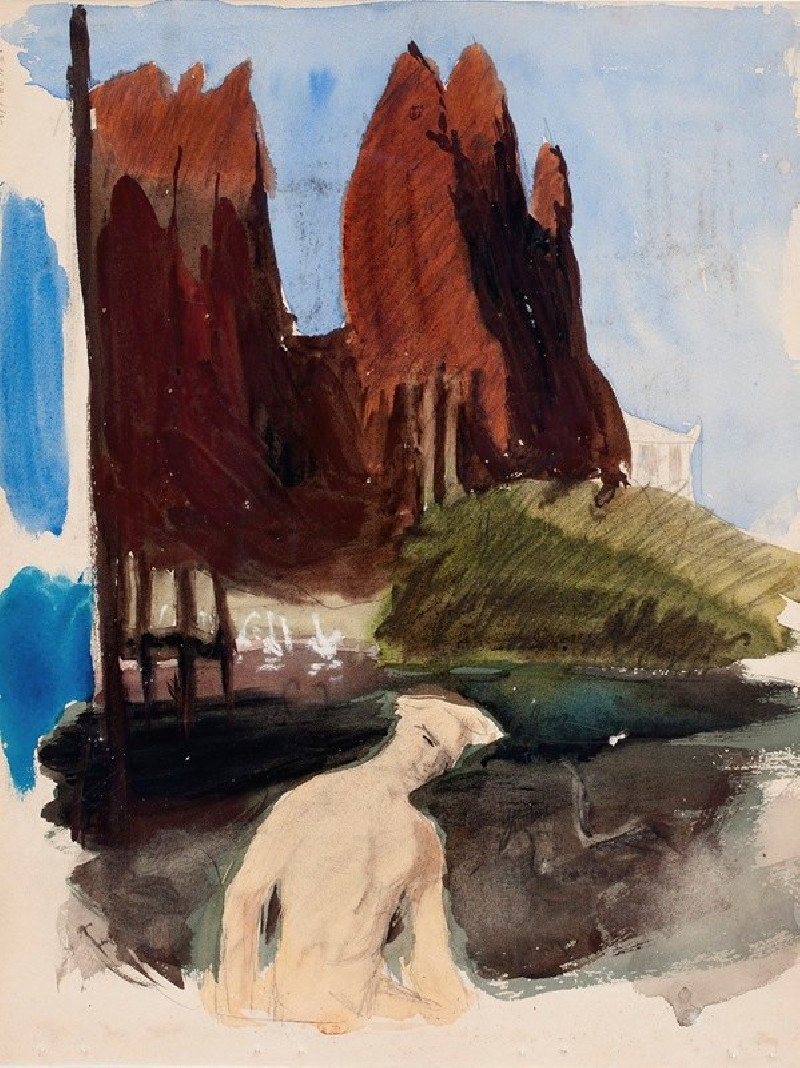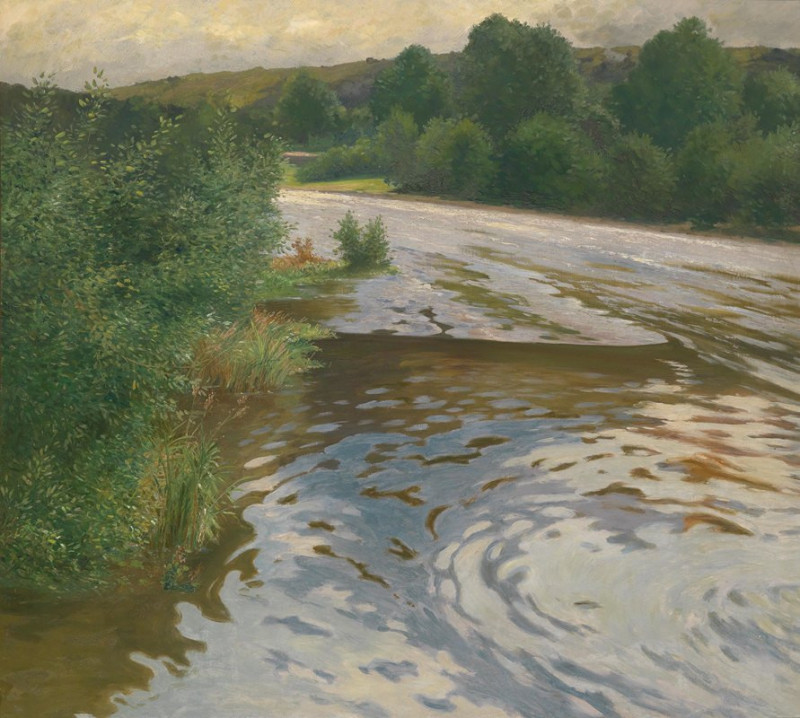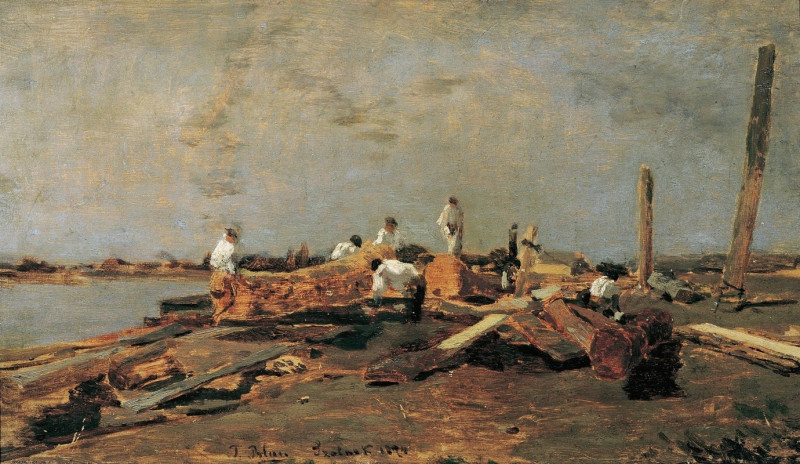The Garden In The Sun, Pontoise
Technique: Giclée quality print
Recommended by our customers
More about this artwork
"The Garden in the Sun, Pontoise" by Camille Pissarro captures a serene and lush garden scene that feels alive with the gentle warmth of sunlight. The painting reflects Pissarro's love for the landscapes of rural France and his mastery in depicting the vivid interplay of light and nature. You can see various shades of green and touches of floral colors filling the garden, suggesting the diversity of plant life.In the foreground, a well-defined dirt path leads your eye through the garden, lined by freshly trimmed patches of grass and young trees. This pathway adds depth and invites viewers to visually wander through the scene. The central part of the garden features a vertical structure that could be a trellis or a small monument, surrounded by denser shrubbery.Pissarro has also included a figure of a person in the middle distance, which brings a human element to the scene, suggesting the garden is not just a viewed landscape but a lived-in and enjoyed space. The buildings in the background, with their traditional architecture and red rooftops peeking through the leafy trees, indicate that this tranquil garden is nestled within a village, likely Pontoise, a frequent subject of this artist's work. This painting stands out as a lively yet peaceful study of nature and human interaction within it, rendered with the loose brush strokes and light-infused palette typical of Impressionism.
Delivery
Returns
Blessed are they who see beautiful things in humble places where other people see nothing. — Camille Pissarro
Camille Pissarro (1830-1903) was born on St.Thomas (now the US Virgin Islands) to a Portuguese father and a Dominican mother. He went to Paris to study art at Ecole des Beaux-Arts. He was an early pioneer of pointillism and neo-impressionism and later became a mentor of many famous impressionist painters including Cezanne, Manet, Renoir, and Gauguin. His paintings depicted rural and urban French landscapes and lifestyle. Many of his works politically captured images of peasants and laborers. Today, he is considered the father of impressionism.

